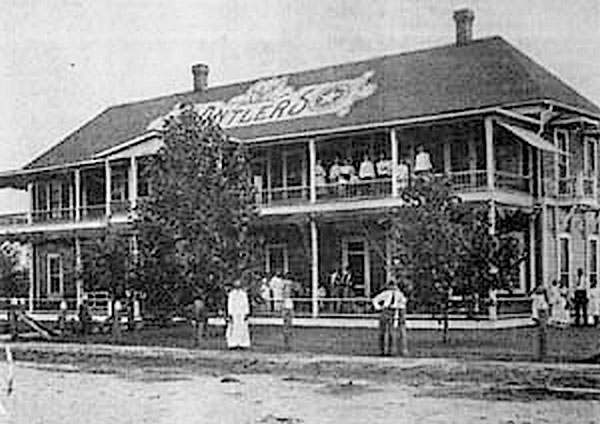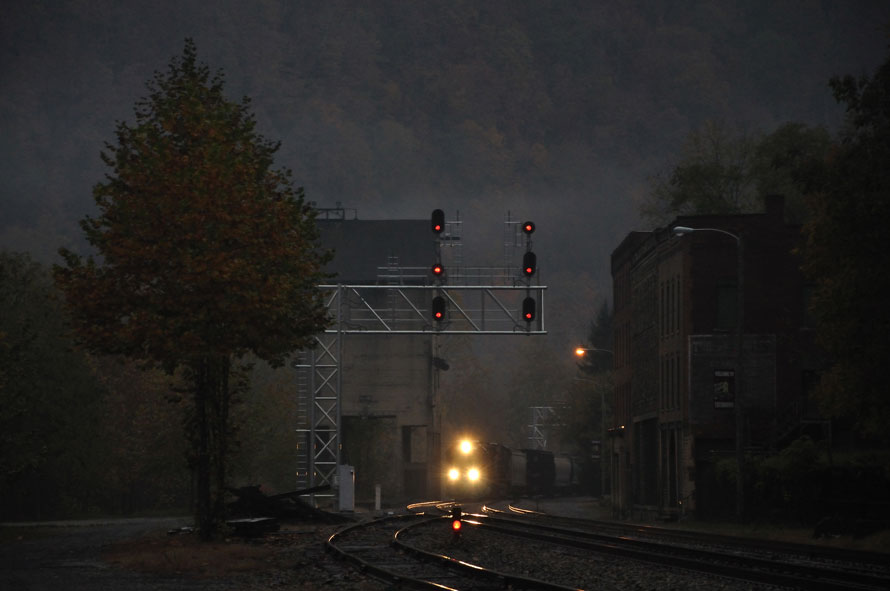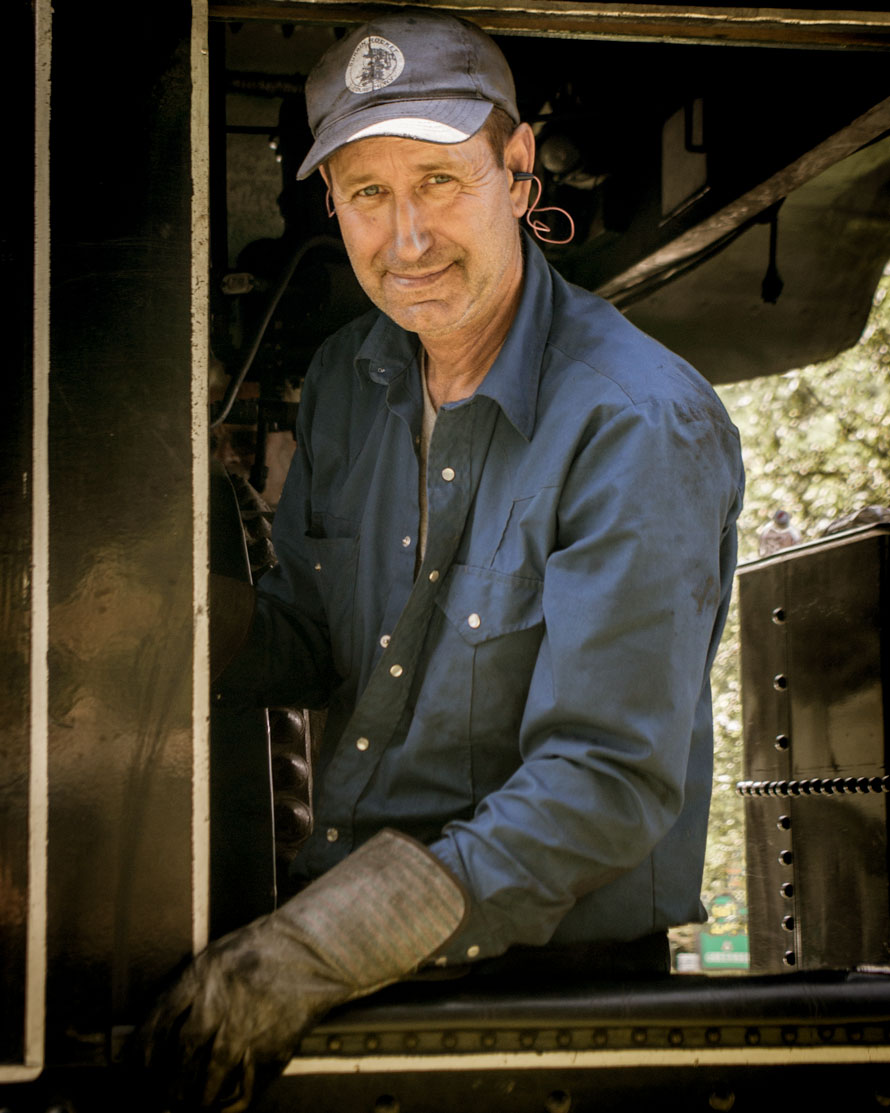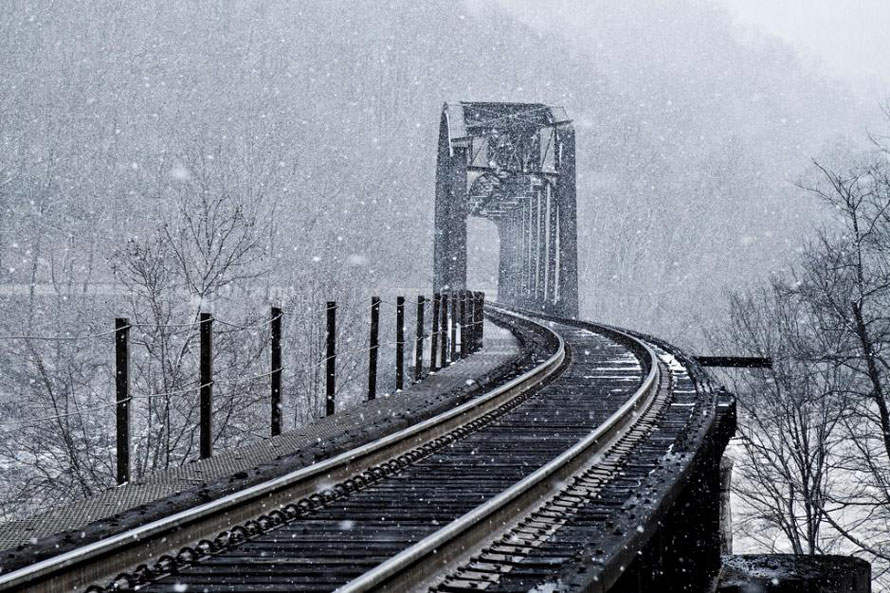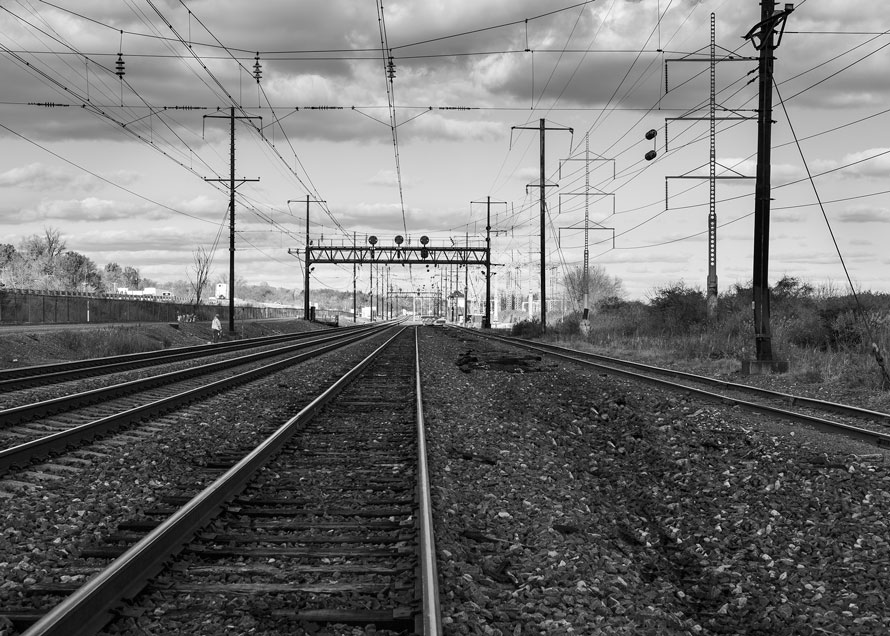Waterville Yard
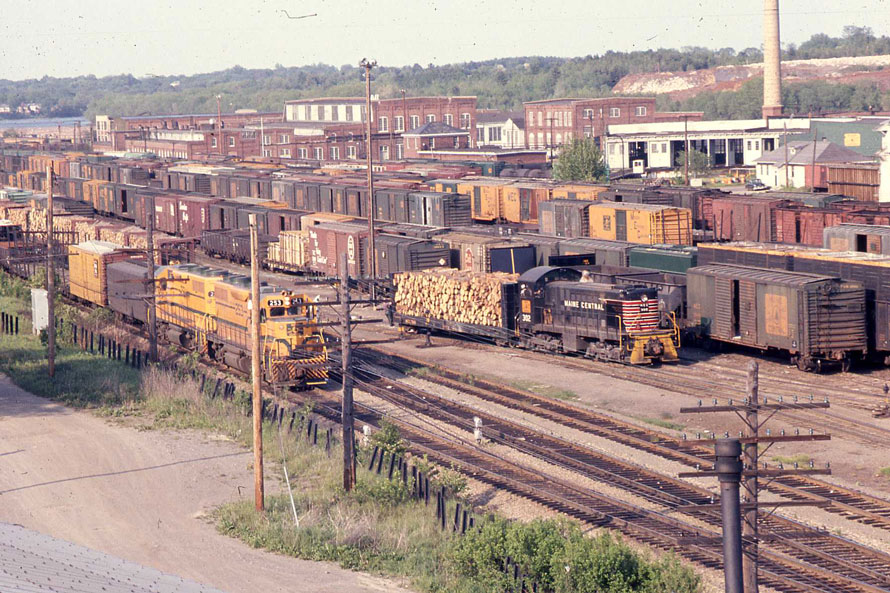
Fifty years ago Railroading was far different from today. My introduction to the Maine Central started in 1964 when I went to Colby College in Waterville. Once exposed, I became fascinated by this amazing industry, the people who worked in it, and the coordination and teamwork required to run the railroad.
The Maine Central, Scott Paper, Hathaway Shirts, Keyes Fiber and Colby were among the largest employers, and Waterville was a thriving industrial community.
The Maine Central Railroad was originally known to me only as a name painted on a boxcar. I knew very little about railroading, but I had always enjoyed puzzles, and how this industry worked became a lifelong interest and hobby. Read more
